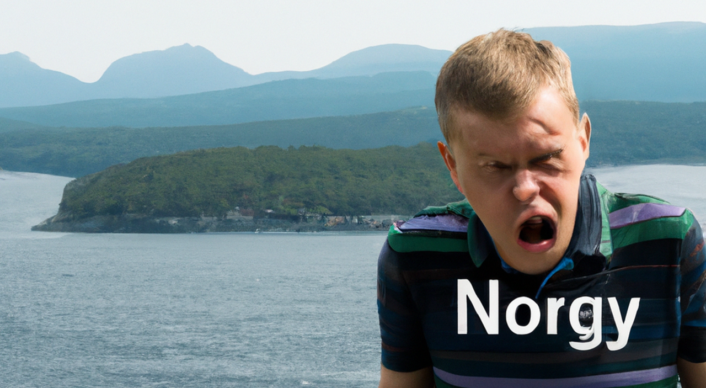
That's why it's impossible to know how big Norway is and why it messes up your SEO and SEM analysis
 Magnus Bråth
Magnus Bråth
Did you know that it’s impossible to measure the length of a coastline? Measurement is not as straightforward as one might think. Do you measure profitability per month, week, day, or why not per second on your marketing investment? We will look at this from both an SEO and SEM perspective.
Why do we buy clicks that don’t convert? Can’t we just buy the ones that do? These are really good questions because they focus, in a slightly humorous way, on measurement. The whole work with Google Ads and most other channels (SEO stands out a bit here) is about exactly this: stopping the payment for clicks that don’t convert. We start by narrowing down to a single area of keywords; a local pizzeria advertises only on pizza-related words and only in that specific location. Then, we fine-tune it more and more until we’ve eliminated all the words that don’t convert and found all the ones that do. And then we come to the point of this article: how do you measure which keywords/ad groups/campaigns/accounts convert?

Take a look at my schematic image, where there are two examples of how to measure the Norwegian coastline. One is a sort of “average” with a straight line, and the other follows the individual bays and headlands a little more carefully. Both are relatively correct, but I would say the one on the left is more accurate. It’s also quite a bit longer than the one on the right.
If you were to zoom in a little more and create an even more precise line, it would clearly be longer. There are lots of protrusions and indentations I’ve missed even in the left image, and we want to measure those, right? If we want to measure with some degree of precision, at least. If you think about it for a moment, you’ll soon realize that no matter how carefully we draw the coastline, we can always zoom in one more time and draw a new, more precise, and also longer line.
What does the Norwegian coastline have to do with Google Ads?
What does the Norwegian coastline have to do with Google Ads?
The Norwegian coastline and Google Ads have quite a bit in common. For example, it works perfectly well to run Ads in Norway, but that’s not the point of this article. You have to think carefully when evaluating your Google Ads, just like you have to think carefully when considering the Norwegian Cartography. Think about the following:
- You sell midsummer poles and Santa masks; regardless of when or how you evaluate, one of them will appear to underperform, depending on the time interval you choose to evaluate.
- You have a very limited budget and can only afford one click per campaign, you get that click, and it didn’t convert.
- You run campaign-based (not Ads campaigns, but time-limited campaigns) marketing, so you’re turning ads on and off. Google will spend a large part of the time learning.
The examples might seem a bit far-fetched, except for perhaps the third one, but they could offer some insight into your own work. If you’re measuring profitability per second, many campaigns won’t seem profitable, especially the Santa mask campaigns. You’ve essentially measured too precisely.
The dreadful top image comes from the Artificial Intelligence Dall-E 2, which I prompted with “Marketing Guru confused about the Coast Line of Norway.” Most images from Dall-E 2 are much better than that one, and all the images are entirely created by AI—not photos that have been pieced together.